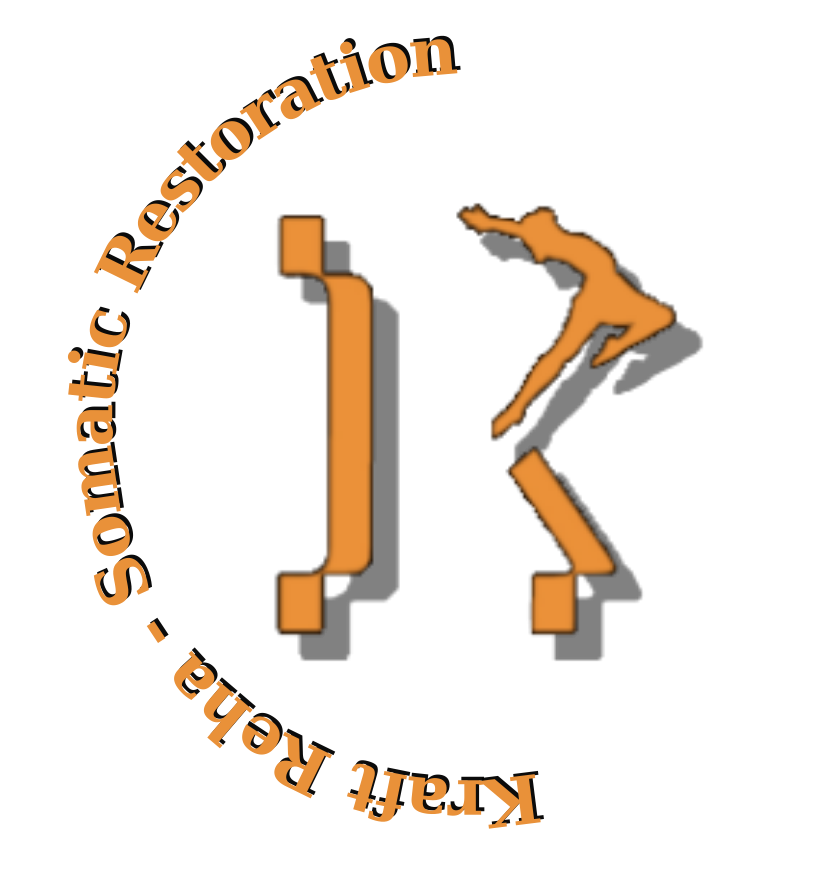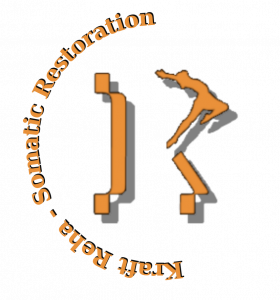Respiratory therapy
One of the most important aspects of pain and sports therapy
Even today, breathing and breathing patterns are still used by most athletes in training, by therapists in treatment and by people with chronic pain.
hronic pain
is underestimated as an important component or is not taken into account at all. Our breathing plays a particularly importantcrucial role in the basic stability and basic energy supply of our body. Without a good breathing pattern, there is no good stability. Without breathing there is no energy supply.
Respiratory therapy is gaining increasing attention.
Breathing is one of the cornerstones of Kraft Reha in order to offer you as a patient the best possible therapy and training.
What is respiratory therapy?
Respiratory therapy is a specialized form of therapy that uses breathing exercises and techniques to improve respiratory function, physical stability and balance, reduce stress and promote overall health.
In my opinion, there are three fields of breathing therapy:
1. applied respiratory therapy in physiotherapy,
2. breathing exercises that are widely associated with yoga and meditation
3. respiratory therapy in sports therapy
Over the years, I have brought together different techniques in order to use these three fields not as individual fields, but as a common therapeutic field and to be able to help my patients even better.
The exercises in breathing therapy range from simple breathing techniques, such as deep inhalation and exhalation, to recognizing and changing your own breathing patterns, to applied breathing in training, to alternate breathing (Nadi Shodhana) and various other forms of pranayama. The aim of respiratory therapy is to increase lung capacity, improve the body’s oxygen supply, promote the balance of the nervous system and increase the body’s stability.
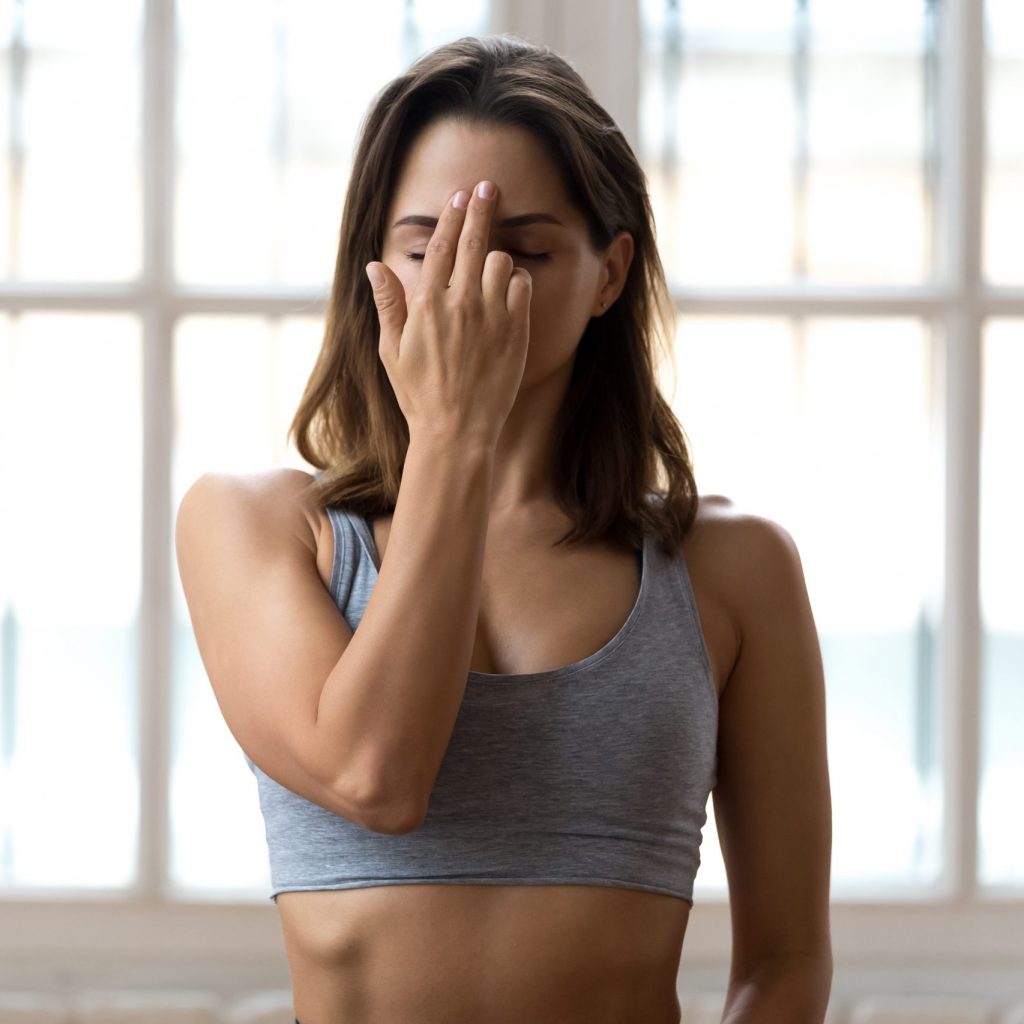
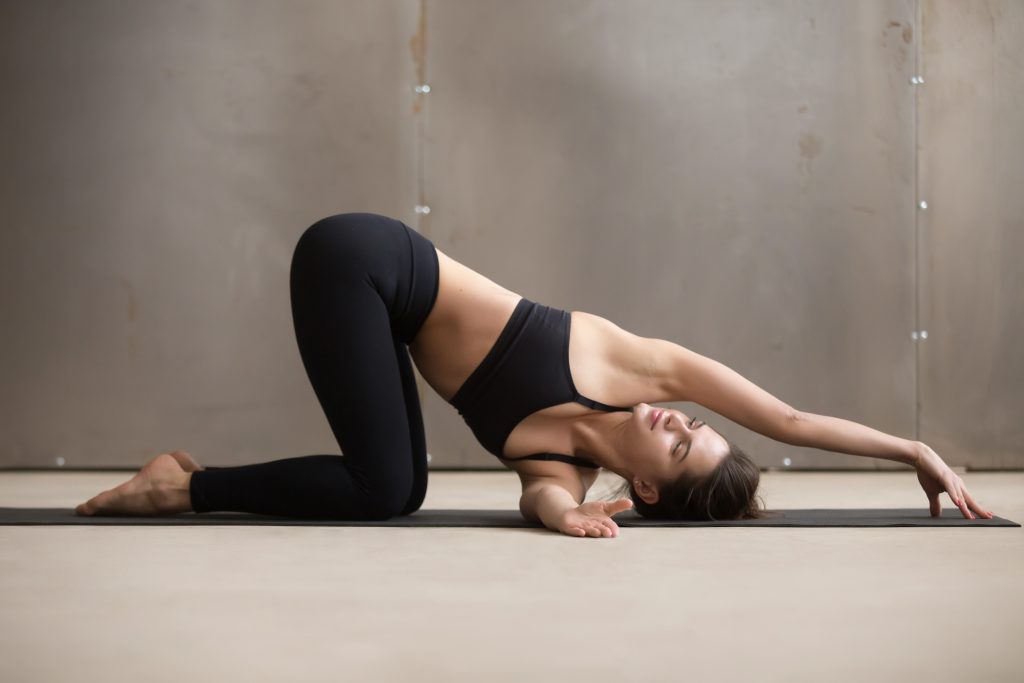
Misconceptions about respiratory therapy
There are some common misconceptions about respiratory therapy that I would like to clarify here:
- Respiratory therapy is only for people with respiratory diseases: Many believe that respiratory therapy is only for people with asthma, COPD or other respiratory conditions. However, breathing therapy can actually help with a variety of other conditions, including stress, anxiety, sleep disorders and chronic pain.
- Respiratory therapy is simply breathing: Another misconception is that respiratory therapy consists only of simple breathing. In reality, it often requires a specific technique and can involve very specific exercises that should be learned under the guidance of an experienced therapist.
- No scientific basis: Some people see breathing therapy as unproven or esoteric. In reality, there are numerous scientific studies that prove the effectiveness of respiratory therapy for various health problems.
Advantages of respiratory therapy
Improvement of respiratory function
One of the most obvious benefits of respiratory therapy is the improvement in respiratory function. Targeted exercises can increase lung capacity and improve breathing efficiency. Dysfunctional breathing patterns can be recognized and worked on. This is particularly important for people with respiratory diseases, but can also be beneficial for athletes and generally health-conscious people.
Stress reduction and relaxation
Breathing therapy can help to activate the parasympathetic nervous system, which leads to deep relaxation and a reduction in stress and anxiety. This can be particularly helpful for people with chronic pain or stress-related complaints.
Improvement in physical performance
By optimizing the body’s oxygen supply, respiratory therapy can increase physical performance. This is particularly beneficial for athletes who want to improve their endurance and recovery.
Support in coping with pain
Respiratory therapy can also help to manage chronic pain. By promoting relaxation and improving the oxygen supply to the tissue, pain can be alleviated and general well-being increased.
Scientific evidence:
This is a small selection of studies:
A study by Brown and Gerbarg (2005 ) shows that breathing techniques such as pranayama have significant positive effects on mental health, including the reduction of anxiety and depression.
Effects of 3 Weeks Yogic Breathing Practice on Ventilation and Running Economy
Breath hold effect on cardiovascular brain pulsations – A multimodal magnetic resonance encephalography study
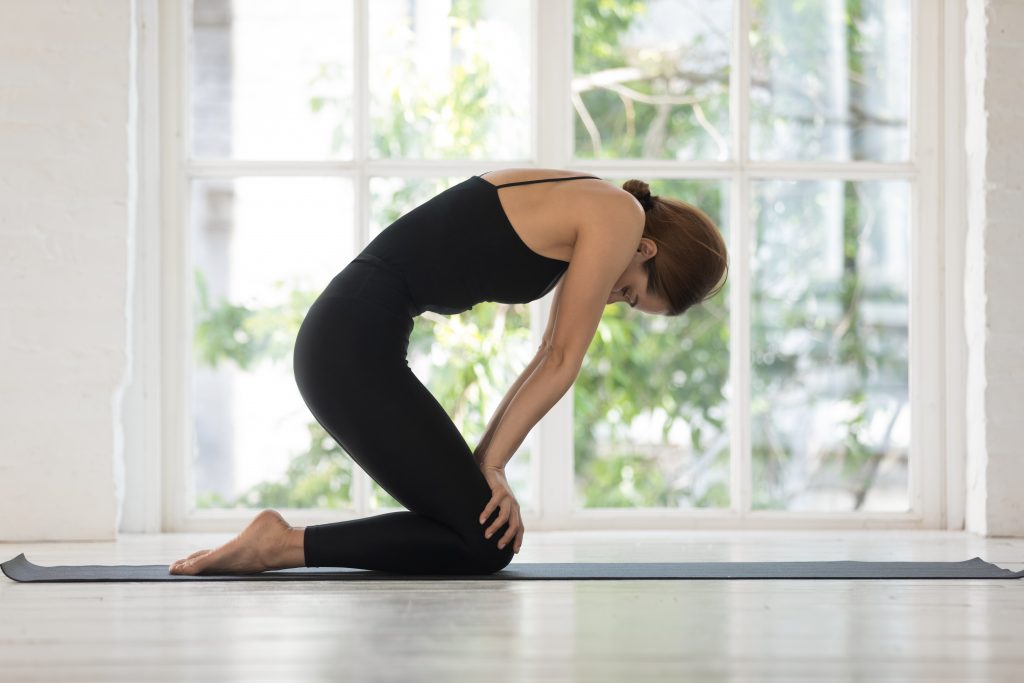

Who is respiratory therapy suitable for?
Respiratory therapy can be beneficial for a variety of people, including:
– People with respiratory diseases: People with asthma, COPD or other chronic respiratory diseases can alleviate their symptoms and improve their quality of life through targeted breathing exercises.
– People under stress: Anyone suffering from chronic stress or anxiety can learn to relax better and improve their mental health through breathing therapy.
– Athletes and active people: Athletes can improve their endurance and speed up recovery, improve their stability and performance through targeted breathing techniques.
– General interest: Anyone who wants to optimize their breathing and benefit from the health advantages of an improved oxygen supply can try respiratory therapy.
Disadvantages of respiratory therapy
Despite its many advantages, there are also some disadvantages and limitations of respiratory therapy that should be taken into account:
1. requires instruction and practice: The correct execution of many breathing techniques requires expert instruction and regular practice. Without professional guidance, it can be difficult to learn and apply the techniques correctly.
2. not suitable for everyone: People with certain health conditions, such as severe heart or lung disease, should consult their doctor before starting respiratory therapy to ensure that the exercises are safe for them.
3. time commitment: breathing therapy requires regular practice to be effective. This can be a challenge for people with a busy schedule.
Example of non-functional breathing
Studies have shown that changes in diaphragmatic dimensions due to chronic hyperinflation occur exclusively in the ZOA (Zone of Apposition). It has been proven that a contraction of the diaphragm reduces the amount of surface area adjacent to the chest³. Reducing the physical and physiological symptoms associated with hyperinflation, paradoxical breathing and overuse of the auxiliary respiratory muscles requires repositioning and retraining of the diaphragm for normal activity in the apposition zone.
The manual technique can be used to bring the chest and diaphragm into a position in which the left diaphragmatic dome once again has the correct mechanical advantage to contract efficiently via the central tendon and in which the dome can rest during exhalation, as tangential force is no longer required to stabilize the posture.
Sources on the ZOA
1 Boynton B, Barnas G, Dadmun J, Fredberg J: Mechanical coupling of the rib cage, abdomen, and diaphragm through their area of apposition. J Appl Physiol 70:3, 1991.
2 Buchholz I: Breathing, voice, and movement therapy: Applications to breathing disorders. Biofeedback Self-Regul 19:2, 1994.
3 Cassart M, Pettiaux N, Gevenois PA, Paiva M, Estenne M. Effect of chronic hyperinflation on diaphragm length and surface area. Am J Respir Crit Care Med. 156:504-508, 1997.
4 Clanton TL, Diaz PT: Clinical assessment of the respiratory muscles. Phys Ther 75:11, 1995.
5 *DeTroyer A, Estenne M: Functional anatomy of the respiratory muscles. Clin Chest Med 9:2, 1988.
6 Estenne M, Derom E, DeTroyer A. Neck and abdominal muscle activity in patients with severe thoracic scoliosis. Am J Respir Crit Care Med. 1998 Aug;158 (2):452-457.
7 Flynn T: The thoracic spine and rib cage. Musculoskeletal evaluation and treatment. Butterworth Heinemann, Newton, MA. 1996.
8. Goldman M, Mead J: Mechanical interaction between the diaphragm and the rib cage. J Appl Physiol 35:2, 1973.
9 Hodges P, Gandevia S, Richardson C: Contractions of specific abdominal muscles in postural tasks are affected by respiratory maneuvers. J Appl Physiol 83:3, 1997.
10 *Hruska RJ: Influences of dysfunctional respiratory mechanics on orofacial pain. Dent ClinNorth Am 41:2, 1997.
11 Hruska RJ: Management of pelvic-thoracic influences on temporomandibular dysfunction. Ortho
Phys Ther Clin North Am 11:2, 2002.
12 Hutt D, Parisi R, Edelman N, Santiago T: Responses of diaphragm and external oblique muscles to flow-resistive loads during sleep. Am Rev Respir Dis. 1991 Nov;144(5):1107-11.
13 Lee D, Vleeming A. The pelvic girdle. An approach to the examination and treatment of the lumbo-pelvic-hip region 2 nd Edition Churchill Livingstone, 1999
